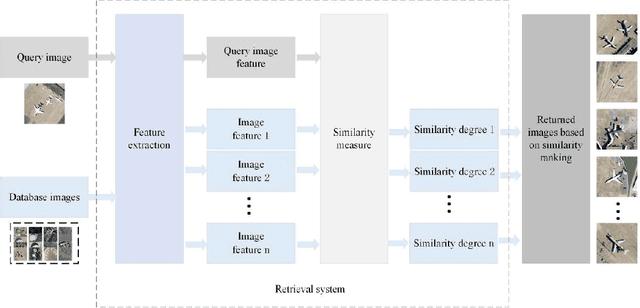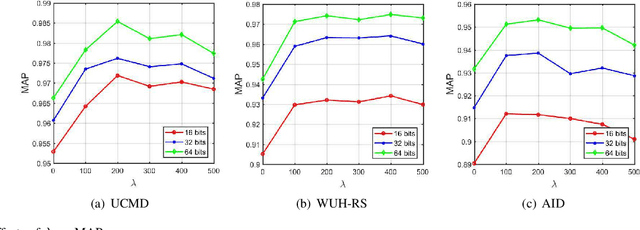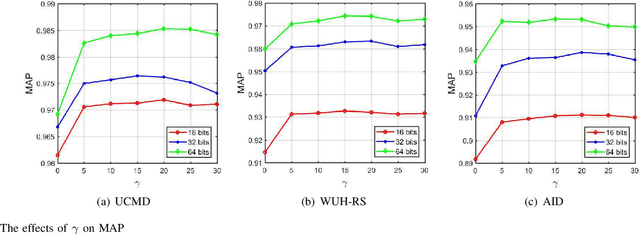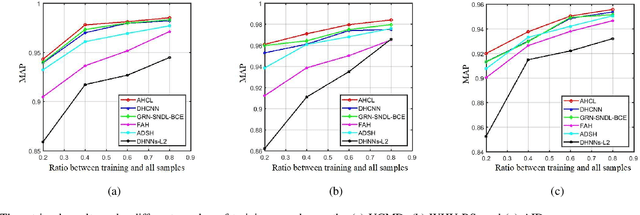Renwei Dian
Physics-Inspired Degradation Models for Hyperspectral Image Fusion
Feb 04, 2024Abstract:The fusion of a low-spatial-resolution hyperspectral image (LR-HSI) with a high-spatial-resolution multispectral image (HR-MSI) has garnered increasing research interest. However, most fusion methods solely focus on the fusion algorithm itself and overlook the degradation models, which results in unsatisfactory performance in practical scenarios. To fill this gap, we propose physics-inspired degradation models (PIDM) to model the degradation of LR-HSI and HR-MSI, which comprises a spatial degradation network (SpaDN) and a spectral degradation network (SpeDN). SpaDN and SpeDN are designed based on two insights. First, we employ spatial warping and spectral modulation operations to simulate lens aberrations, thereby introducing non-uniformity into the spatial and spectral degradation processes. Second, we utilize asymmetric downsampling and parallel downsampling operations to separately reduce the spatial and spectral resolutions of the images, thus ensuring the matching of spatial and spectral degradation processes with specific physical characteristics. Once SpaDN and SpeDN are established, we adopt a self-supervised training strategy to optimize the network parameters and provide a plug-and-play solution for fusion methods. Comprehensive experiments demonstrate that our proposed PIDM can boost the fusion performance of existing fusion methods in practical scenarios.
Asymmetric Hash Code Learning for Remote Sensing Image Retrieval
Jan 15, 2022



Abstract:Remote sensing image retrieval (RSIR), aiming at searching for a set of similar items to a given query image, is a very important task in remote sensing applications. Deep hashing learning as the current mainstream method has achieved satisfactory retrieval performance. On one hand, various deep neural networks are used to extract semantic features of remote sensing images. On the other hand, the hashing techniques are subsequently adopted to map the high-dimensional deep features to the low-dimensional binary codes. This kind of methods attempts to learn one hash function for both the query and database samples in a symmetric way. However, with the number of database samples increasing, it is typically time-consuming to generate the hash codes of large-scale database images. In this paper, we propose a novel deep hashing method, named asymmetric hash code learning (AHCL), for RSIR. The proposed AHCL generates the hash codes of query and database images in an asymmetric way. In more detail, the hash codes of query images are obtained by binarizing the output of the network, while the hash codes of database images are directly learned by solving the designed objective function. In addition, we combine the semantic information of each image and the similarity information of pairs of images as supervised information to train a deep hashing network, which improves the representation ability of deep features and hash codes. The experimental results on three public datasets demonstrate that the proposed method outperforms symmetric methods in terms of retrieval accuracy and efficiency. The source code is available at https://github.com/weiweisong415/Demo AHCL for TGRS2022.
Recent Advances and New Guidelines on Hyperspectral and Multispectral Image Fusion
Aug 08, 2020



Abstract:Hyperspectral image (HSI) with high spectral resolution often suffers from low spatial resolution owing to the limitations of imaging sensors. Image fusion is an effective and economical way to enhance the spatial resolution of HSI, which combines HSI with higher spatial resolution multispectral image (MSI) of the same scenario. In the past years, many HSI and MSI fusion algorithms are introduced to obtain high-resolution HSI. However, it lacks a full-scale review for the newly proposed HSI and MSI fusion approaches. To tackle this problem,this work gives a comprehensive review and new guidelines for HSI-MSI fusion. According to the characteristics of HSI-MSI fusion methods, they are categorized as four categories, including pan-sharpening based approaches, matrix factorization based approaches, tensor representation based approaches, and deep convolution neural network based approaches. We make a detailed introduction, discussions, and comparison for the fusion methods in each category. Additionally, the existing challenges and possible future directions for the HSI-MSI fusion are presented.
 Add to Chrome
Add to Chrome Add to Firefox
Add to Firefox Add to Edge
Add to Edge